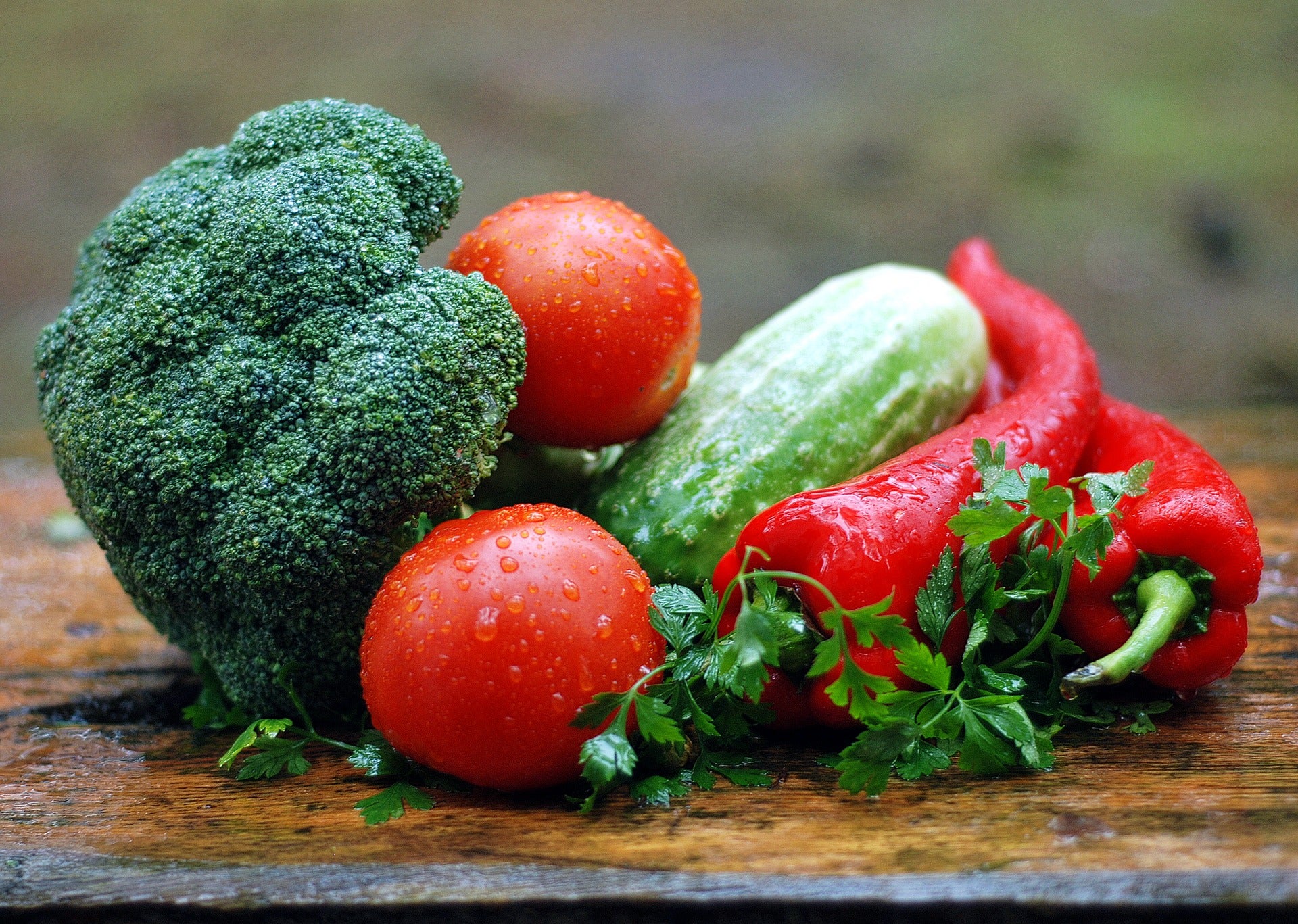Commissioner praises contributions of female farmers ahead of Kentucky Women in Agriculture Day
Published 10:37 am Tuesday, October 19, 2021

- Commissioner of Agriculture Ryan Quarles spoke at the annual Kentucky Women in Agriculture annual conference in Lexington Oct. 18, a day before the state officially celebrates “Kentucky Women in Agriculture Day,” on Tuesday, Oct. 19. - Photo submitted by Kentucky Department of Agriculture
Number of female farmers rose in 2017 USDA Ag Census
KENTUCKY DEPARTMENT OF AGRICULTURE
News release
Recognizing the importance of women in Kentucky’s farming sector, Commissioner of Agriculture Ryan Quarles spoke at the Kentucky Women in Agriculture annual conference in Lexington, a day before the state officially celebrates “Kentucky Women in Agriculture Day,” on Tuesday, Oct. 19.
“Anytime women find a seat at the table in any profession, it’s a win,” Commissioner Quarles said. “That follows true in agriculture, as well. Recent survey data has shown women make up nearly 40% of our producers. I was happy to join Kentucky Women in Ag today to help celebrate the contribution our female producers have to our farm economy.”
KWIA’s membership is comprised of women who own and operate farms and agribusinesses, as well as agriculture entrepreneurs, state and federal personnel, ag educators and students, and consumers. The annual conference provides attendees with the opportunity to network and nurture a recognized agriculture and agribusiness community. By empowering women through education, involvement and action, KWIA has a positive influence on Kentucky agriculture.
That influence is important, as the number of female farmers in Kentucky keeps growing. In 2017, 42,946 women farmed in Kentucky, up 36.7% from the number identified in the previous 2012 U.S. Department of Agriculture census. Of those, 33,550 were involved in making day-to-day decisions on the farm, 26,215 were the principal producers on their farms and 12,648 listed farming as their primary occupation, the census found.
The Census of Agriculture is a complete count of U.S. farms and ranches and the people who operate them. Even small plots of land — whether rural or urban — growing fruit, vegetables or some food animals. The Census of Agriculture, taken only once every five years, looks at land use and ownership, operator characteristics, production practices, income and expenditures. USDA will start collecting information for the next census in 2022.






